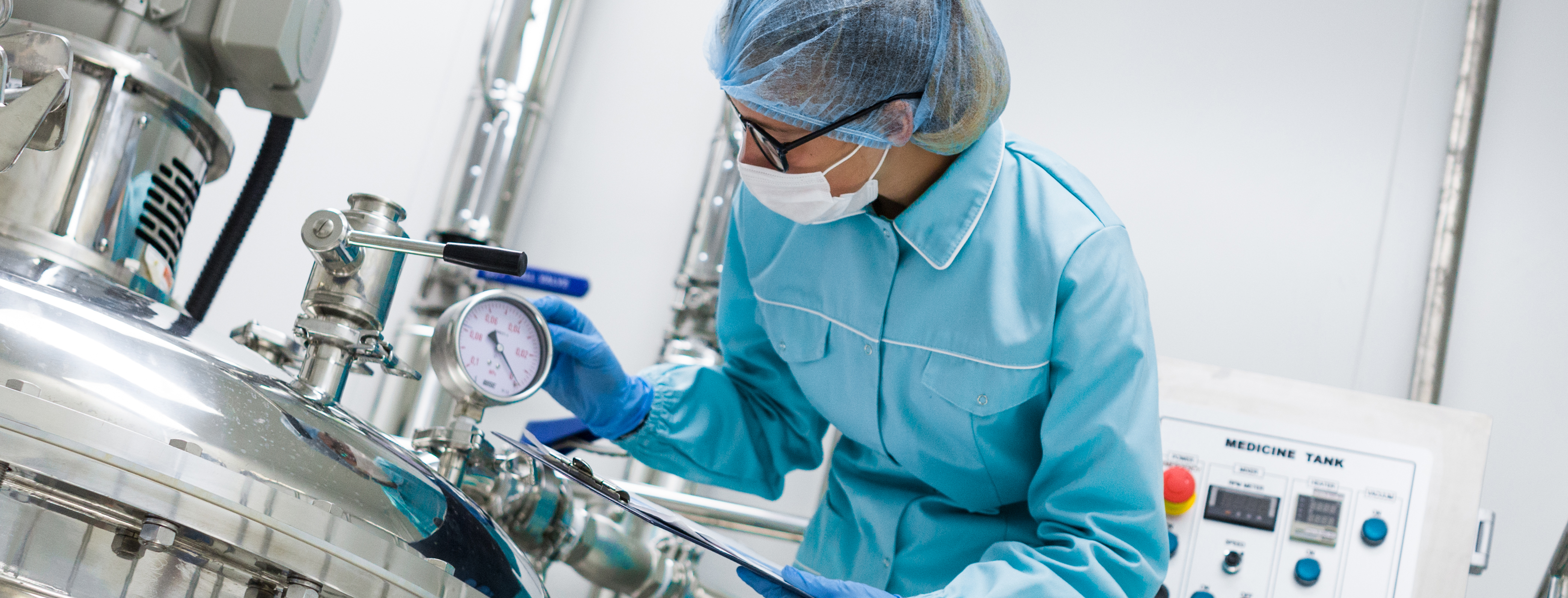
“When we own portions of outstanding businesses with outstanding managements, our favorite holding period is forever.”
— Warren Buffett
One of the most important things investors can learn from Warren Buffett, is about how they approach their time horizon for an investment into a stock under consideration. Because immediately after buying shares of a given stock, investors will then be able to check on the day-to-day (and even minute-by-minute) market value. Some days the stock market will be up, other days down. These daily fluctuations can often distract from the long-term view. Today, we look at the result of a two-decade holding period for an investor who was considering The Cigna Group (NYSE: CI) back in 2004, bought the stock, ignored the market’s ups and downs, and simply held through to today.
| Start date: | 12/31/2004 |
|
|||
| End date: | 12/30/2024 | ||||
| Start price/share: | $27.19 | ||||
| End price/share: | $275.14 | ||||
| Starting shares: | 367.78 | ||||
| Ending shares: | 398.78 | ||||
| Dividends reinvested/share: | $19.62 | ||||
| Total return: | 997.21% | ||||
| Average annual return: | 12.72% | ||||
| Starting investment: | $10,000.00 | ||||
| Ending investment: | $109,796.75 | ||||
As we can see, the two-decade investment result worked out quite well, with an annualized rate of return of 12.72%. This would have turned a $10K investment made 20 years ago into $109,796.75 today (as of 12/30/2024). On a total return basis, that’s a result of 997.21% (something to think about: how might CI shares perform over the next 20 years?). [These numbers were computed with the Dividend Channel DRIP Returns Calculator.]
Many investors out there refuse to own any stock that lacks a dividend; in the case of The Cigna Group, investors have received $19.62/share in dividends these past 20 years examined in the exercise above. This means total return was driven not just by share price, but also by the dividends received (and what the investor did with those dividends). For this exercise, what we’ve done with the dividends is to assume they are reinvestted — i.e. used to purchase additional shares (the calculations use closing price on ex-date).
Based upon the most recent annualized dividend rate of 5.6/share, we calculate that CI has a current yield of approximately 2.04%. Another interesting datapoint we can examine is ‘yield on cost’ — in other words, we can express the current annualized dividend of 5.6 against the original $27.19/share purchase price. This works out to a yield on cost of 7.50%.
More investment wisdom to ponder:
“You get recessions, you have stock market declines. If you don’t understand that’s going to happen, then you’re not ready, you won’t do well in the markets.” — Peter Lynch




